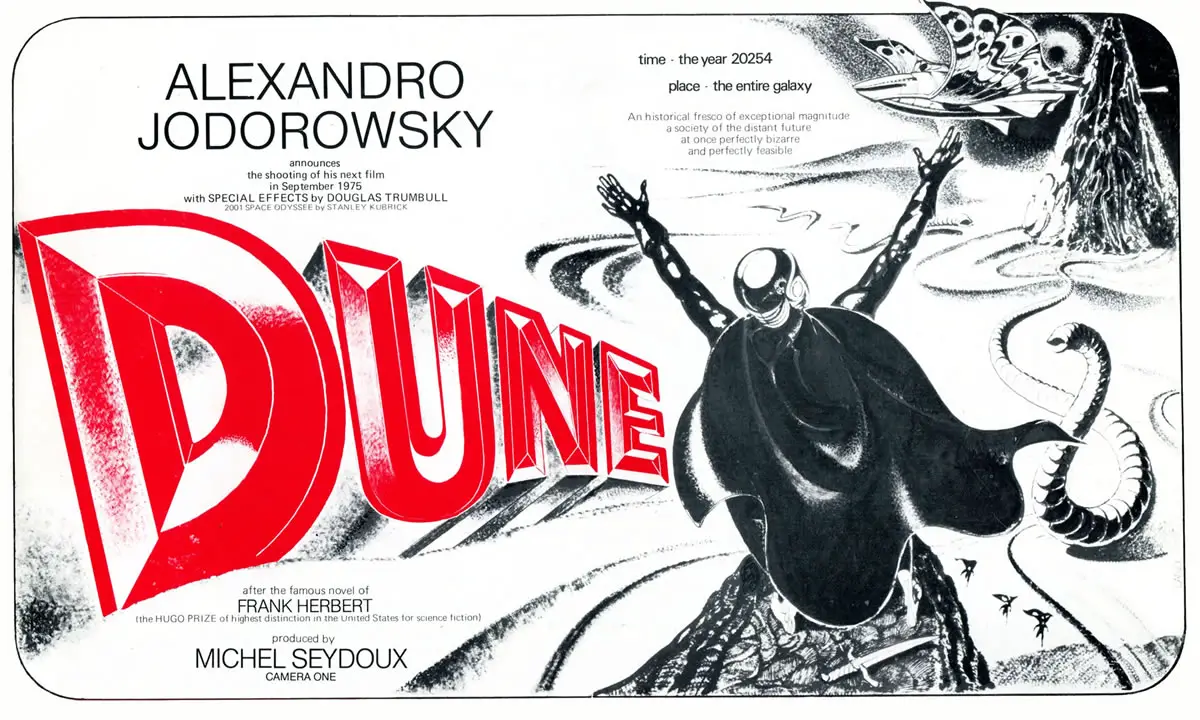“Jodorowsky’s Dune” is a documentary that explores the ambitious yet ultimately unrealized vision of filmmaker Alejandro Jodorowsky to adapt Frank Herbert’s iconic science fiction novel, “Dune,” into a cinematic masterpiece. While the project ultimately fell through, there are valuable lessons to be learned from Jodorowsky’s approach to filmmaking, particularly his emphasis on choosing a spiritual team over a technical team.
Jodorowsky’s approach to assembling his creative team differed significantly from the conventional Hollywood mindset of prioritizing technical expertise. Instead, he sought individuals who shared his passion, vision, and a deep connection to the material. His belief in the power of a spiritual connection within the team had a profound impact on the project, demonstrating that when you prioritize the spirit and creativity of your team members, amazing things can happen.
In the documentary, we see Jodorowsky’s unwavering commitment to the project. He recruited a diverse group of artists, including the renowned H.R. Giger, Moebius, Dan O’Bannon, and Pink Floyd, among others, not based solely on their technical prowess, but because they shared a spiritual connection to the story he wanted to tell. Each team member brought their unique perspective and creative energy to the project, resulting in a collaborative synergy that transcended mere technical expertise.
One of the most striking examples of the spiritual approach’s impact is the involvement of H.R. Giger, the visionary artist responsible for creating the alien designs in the “Alien” franchise. Jodorowsky’s decision to bring Giger onto the team was not solely based on his technical skills but rather on the profound connection between Giger’s art and the themes of “Dune.” Giger’s work, characterized by its biomechanical and surreal aesthetic, perfectly complemented the otherworldly, metaphysical aspects of the story. This spiritual alignment led to the creation of some of the most iconic and visually stunning designs in science fiction history.
Jodorowsky’s rejection of Douglas Trumbull is another very interesting example of this. In his first meeting with the person who is responsible for Star Wars and 2001: A Space Odyssey, he knew that this person was not someone he could work with and it is important to note that he was so in touch with the film he wanted to create that he could make that decision there and then. It’s the kind of decisiveness that I struggle with.
Moreover, the involvement of the French artist Moebius and writer Dan O’Bannon also demonstrated the power of shared vision and creativity. Their contributions to the pre-production of “Dune” were not limited to their technical skills but included their deep understanding of the story and their commitment to realizing Jodorowsky’s ambitious vision. Their ability to bridge the gap between artistic expression and technical execution proved to be invaluable, emphasizing that creativity can transcend the boundaries of specialization.
I do believe that there are certain people, filmmakers, who would rather work with someone who’s more technically proficient than someone who shares the same ideals. In the end, it all comes down to the director, if they are certain about what they want and very particular about every small detail and if they can push people beyond their limits, they might be able to work with technical people. On the other hand, one has to be patient with spiritual people. I am not saying they are mutually exclusive but there’s one thing greater than the other.

Leave a Reply